1. The Yellowstone Supervolcano: A Catastrophic Eruption
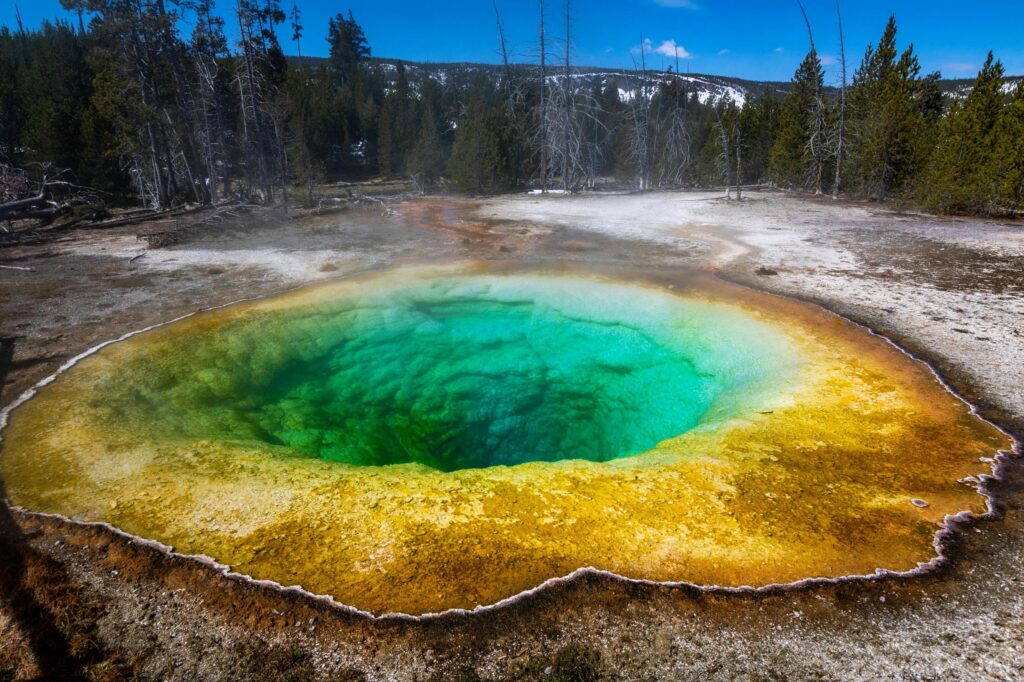
The Yellowstone supervolcano, located in the United States, is one of the most well-known and potentially devastating volcanic systems on Earth. A full-scale eruption of Yellowstone could release thousands of cubic kilometers of ash and volcanic gases into the atmosphere, leading to a “volcanic winter.” This would result in a significant drop in global temperatures, disrupting agriculture and leading to widespread food shortages. The immediate area around Yellowstone would be obliterated, and the ash fallout could cover much of the United States, crippling infrastructure and communication networks.
The long-term effects of a Yellowstone eruption would be equally dire. The release of sulfur dioxide into the stratosphere would form aerosols that reflect sunlight, further cooling the planet. This could lead to a prolonged period of climatic instability, affecting ecosystems and human societies worldwide. The economic impact would be staggering, with global trade and industry severely disrupted. While the likelihood of such an eruption in the near future is considered low, the potential consequences make it a significant doomsday scenario that scientists continue to monitor closely.
2. The Toba Supervolcano: A Historical Precedent
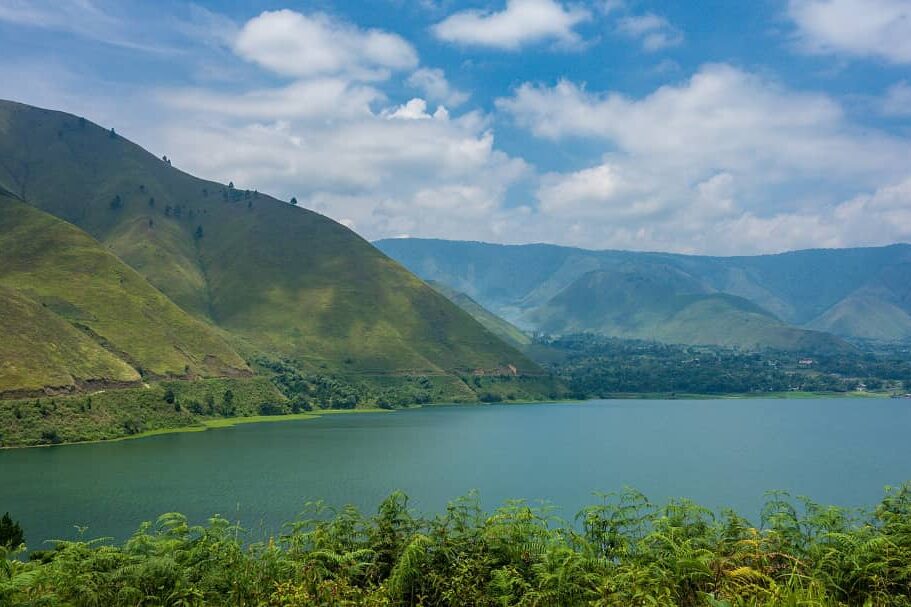
The Toba supervolcano in Indonesia is responsible for one of the largest volcanic eruptions in Earth’s history, occurring approximately 74,000 years ago. This event is believed to have caused a “volcanic winter” that lasted for several years, leading to a significant reduction in global temperatures. The eruption is thought to have had a profound impact on early human populations, potentially causing a genetic bottleneck that reduced the human population to a few thousand individuals. The Toba eruption serves as a historical precedent for the catastrophic effects of a supervolcanic event.
If a similar eruption were to occur today, the consequences would be even more severe due to the interconnected nature of modern civilization. The global economy, which relies heavily on international trade and communication, would be severely disrupted. Agriculture would be particularly hard hit, leading to food shortages and potential famine. The release of volcanic gases could also have long-term effects on the climate, potentially triggering a new ice age. While the likelihood of a Toba-scale eruption is low, the potential impact on civilization makes it a critical doomsday scenario to consider.
3. The Campi Flegrei Supervolcano: A Threat to Europe

The Campi Flegrei supervolcano, located near Naples, Italy, is one of the most dangerous volcanic systems in Europe. A large eruption from Campi Flegrei could release vast amounts of ash and volcanic gases, leading to a “volcanic winter” that would affect much of the Northern Hemisphere. The immediate area around Naples would be devastated, with millions of people at risk from pyroclastic flows and ash fallout. The economic impact on Italy and Europe as a whole would be catastrophic, with infrastructure, agriculture, and industry severely disrupted.
The long-term effects of a Campi Flegrei eruption would be equally devastating. The release of sulfur dioxide into the stratosphere could lead to a prolonged period of climatic instability, affecting global weather patterns and agriculture. The economic impact would be felt worldwide, with global trade and industry severely disrupted. The potential for such an eruption makes Campi Flegrei a significant doomsday scenario that scientists and policymakers must take seriously. While the likelihood of a large eruption in the near future is considered low, the potential consequences make it a critical threat to civilization.
4. The Taupo Supervolcano: A Threat to New Zealand
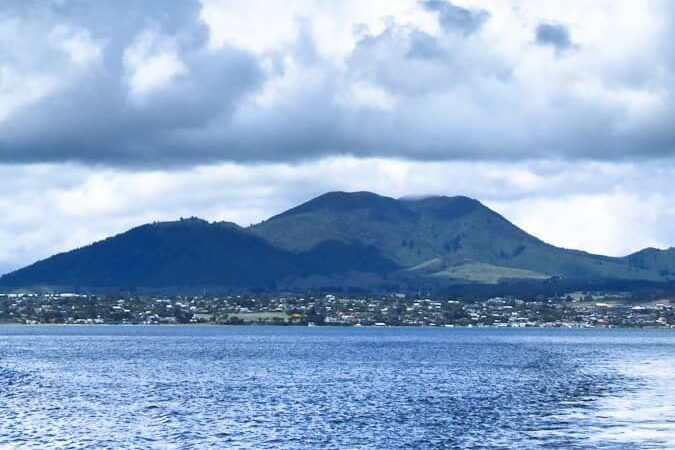
The Taupo supervolcano in New Zealand is one of the most active volcanic systems in the world. A large eruption from Taupo could release vast amounts of ash and volcanic gases, leading to a “volcanic winter” that would affect much of the Southern Hemisphere. The immediate area around Taupo would be devastated, with significant loss of life and property. The economic impact on New Zealand and the surrounding region would be catastrophic, with infrastructure, agriculture, and industry severely disrupted.
The long-term effects of a Taupo eruption would be equally devastating. The release of sulfur dioxide into the stratosphere could lead to a prolonged period of climatic instability, affecting global weather patterns and agriculture. The economic impact would be felt worldwide, with global trade and industry severely disrupted. The potential for such an eruption makes Taupo a significant doomsday scenario that scientists and policymakers must take seriously. While the likelihood of a large eruption in the near future is considered low, the potential consequences make it a critical threat to civilization.
5. The Aira Caldera: A Threat to Japan
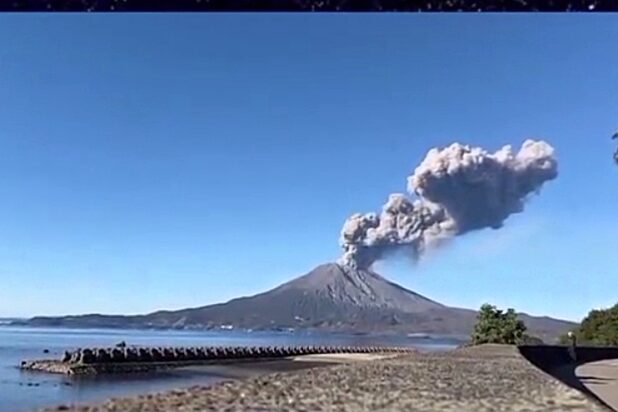
The Aira Caldera, located in southern Japan, is one of the most dangerous volcanic systems in the world. A large eruption from the Aira Caldera could release vast amounts of ash and volcanic gases, leading to a “volcanic winter” that would affect much of the Northern Hemisphere. The immediate area around Kagoshima would be devastated, with millions of people at risk from pyroclastic flows and ash fallout. The economic impact on Japan and the surrounding region would be catastrophic, with infrastructure, agriculture, and industry severely disrupted.
The long-term effects of an Aira Caldera eruption would be equally devastating. The release of sulfur dioxide into the stratosphere could lead to a prolonged period of climatic instability, affecting global weather patterns and agriculture. The economic impact would be felt worldwide, with global trade and industry severely disrupted. The potential for such an eruption makes the Aira Caldera a significant doomsday scenario that scientists and policymakers must take seriously. While the likelihood of a large eruption in the near future is considered low, the potential consequences make it a critical threat to civilization.
6. The Long Valley Caldera: A Threat to the Western United States
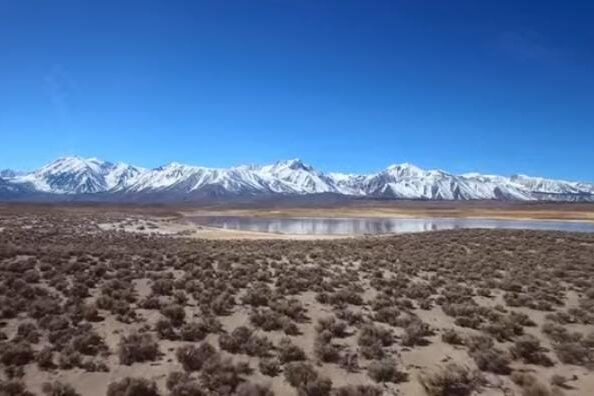
The Long Valley Caldera in California is one of the most dangerous volcanic systems in the United States. A large eruption from the Long Valley Caldera could release vast amounts of ash and volcanic gases, leading to a “volcanic winter” that would affect much of the Northern Hemisphere. The immediate area around Mammoth Lakes would be devastated, with significant loss of life and property. The economic impact on California and the surrounding region would be catastrophic, with infrastructure, agriculture, and industry severely disrupted.
The long-term effects of a Long Valley Caldera eruption would be equally devastating. The release of sulfur dioxide into the stratosphere could lead to a prolonged period of climatic instability, affecting global weather patterns and agriculture. The economic impact would be felt worldwide, with global trade and industry severely disrupted. The potential for such an eruption makes the Long Valley Caldera a significant doomsday scenario that scientists and policymakers must take seriously. While the likelihood of a large eruption in the near future is considered low, the potential consequences make it a critical threat to civilization.


